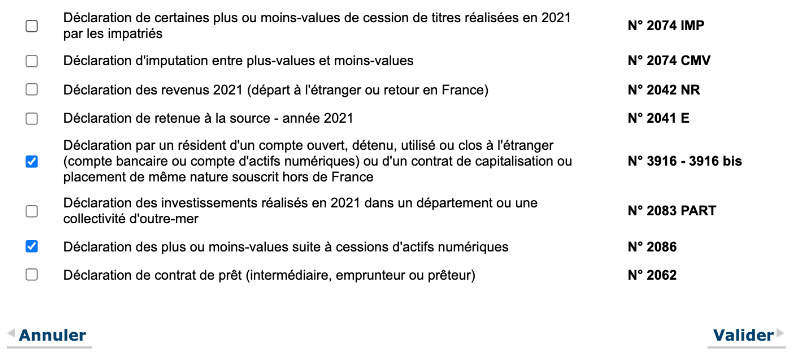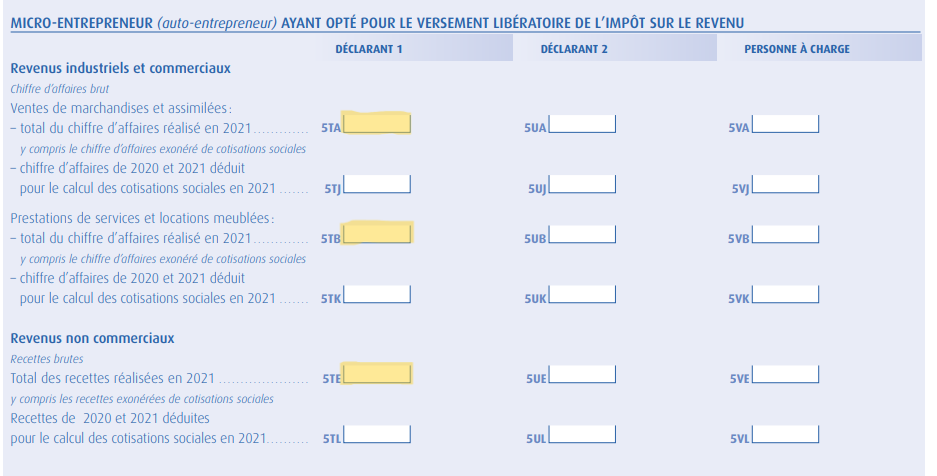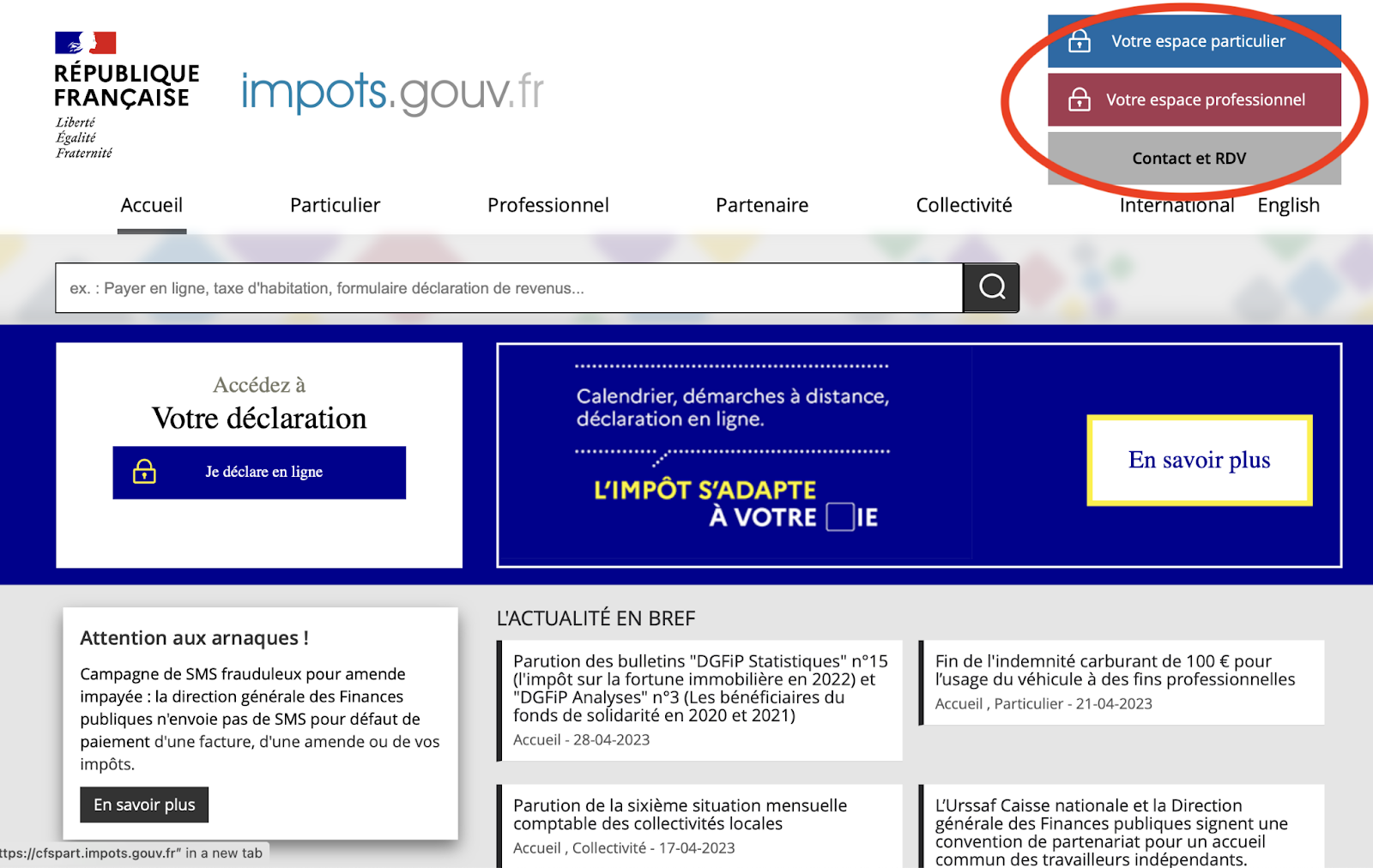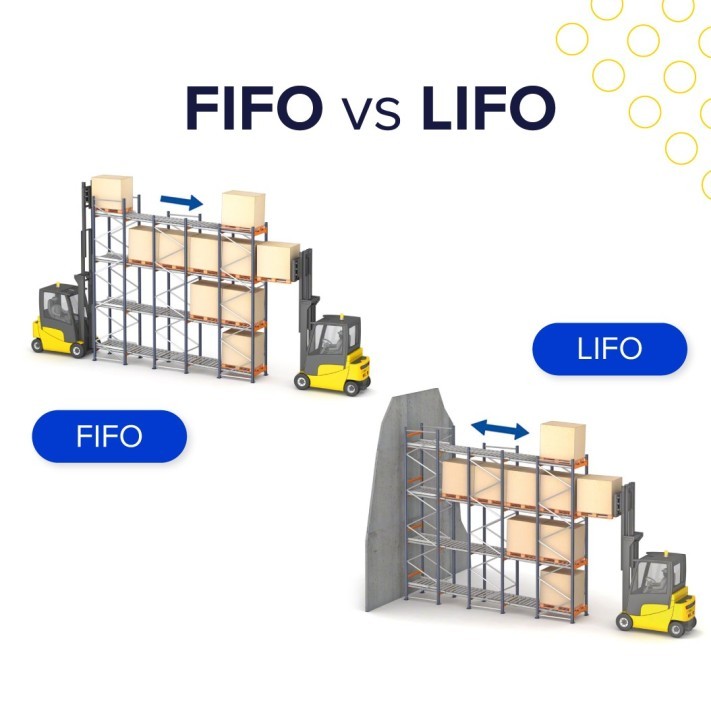Form 2042: The Foundation Document

The most popular of these tax forms is the Form 2042. This is because it is the basic tax filing document for all income earners in France to file their personal income tax. Essentially, every income earner, including individuals with income from crypto, must turn in this form. But while it doesn’t contain detailed sections for crypto earnings, integrating it into your crypto tax filing system gives a holistic view of your yearly taxable financial activities.
On Form 2042, crypto earners can select box 20P to make their flat tax election, as this is critical to determining if they pay the progressive 0-45% or the flat 30% tax rate. However, there are other integration considerations you need to understand in filling out the Form 2042:
- Calculations for social contribution
- Accurate summary of your crypto earnings garnered from other special forms
- Detailed coordination of crypto earnings and other income sources, including business, salary, and other sources
Still, you’ll need to be thorough with this form as it forms the foundation of your tax filing document. Any mistakes here can significantly impact your financial strategy:
- Not checking box 20P when electing the flat rate tax option
- Supporting schedules and Form 2042 have inconsistent data
- Miscalculating social contributions
- Misrepresenting total capital gains from wrong calculations
Accuracy and consistency across tax forms are critical in France’s crypto reporting system. One small mismatch between your forms can trigger a review or even an audit. Many investors underestimate how difficult it can be to reconcile data between 2042, 2086, and 2042-C while staying compliant with evolving requirements.
8lends helps investors and tax professionals avoid these errors with automated cross-form consistency checks and data synchronization. Its compliance platform integrates every transaction, contribution, and declaration in one place, ensuring your crypto filings are precise, transparent, and fully aligned with French tax regulations.
Form 2086: The Transaction Detail Repository

Form 2086 helps to collect all of your crypto activities down to the exact time of your sales and purchases. It details all of your crypto gains with the following information architecture:
- Crypto assets identification, including crypto quantities, types, and precise identifiers
- Dates and times of crypto sales and purchases listed chronologically
- Methods for accurate gain calculations
- Accurate prices, including sales, purchase, and total costs
- Supporting documents for transfer costs, gas fees, exchange rates, and other additional transaction fees
While this information is detailed, many investors soon meet their first roadblock, as there are only 20 spaces for your itemized disposal. This means active traders with over 20 transactions have a critical reporting challenge.
However, strategies like transaction grouping, providing detailed additional supporting schedules, and using approved weighted average calculations methods can be effective for overcoming this challenge.
Also, using advanced reporting techniques, including grouping by crypto types, aggregating transactions into monthly or quarterly summaries, is another good strategy to overcome the 20-transactions limit.
Thankfully, the advancement in technology has also created opportunities for integrating useful tech to solve crypto issues like this. Modern crypto platforms can digitally collect your crypto tax data and ensure there are no errors in compiling and calculating all your transactions while eliminating the 20-transaction limit on Form 2086.
Form 2042-C: The Capital Gains Summary

Form 2042-C is the linking document between your crypto transaction details and your basic income data collected in both 2086 and 2042, respectively. It integrates into France’s tax system with an overall summary of your capital gains.
Frankly, two lines capture all of your year’s crypto transactions. These are line 3AN and line 3BN, where you enter your total capital gains and losses, respectively. Still, Form 2042-C comprises other key operational areas, including the €305 tax-free threshold application, synchronizing tax options between a 30% flat rate and 0-45% brackets.
Also, the summaries of your gains or losses from Form 2086 and your 17.2% social contribution calculations are critical operational areas of Form 2042-C.
More importantly, Form 2042-C offers some strategic integration points that you need to consider to coordinate all aspects of your tax situation effectively.
These include multi-year planning applications as it lays the foundation for the coming year's tax strategy, loss carryforward, and crypto alignment with other income sources such as bonds and stocks. Furthermore, Form 2042-C can also help determine your applicable tax bracket, particularly through marginal rate calculations.
However, like all other tax forms, one will need to be meticulous to avoid making common Form 2042-C mistakes such as
- Wrongly applying the €305 threshold tax allowance
- Errors in the 17.2% social contribution calculation
- Misplacing capital gains and losses information between lines 3AN and 3BN
- Making wrong tax election errors with inconsistent information between return choices and Form 2042-C
A thorough understanding of Form 2042-C’s role in synchronizing detailed tax transactions and the French tax system will aid in mastering the form.
The Three-Form Workflow: Systematic Success

Navigating this trio of forms can be effective with a systematic approach that understands the multiple phases involved in accurate tax compliance. Here are four phases that a systematic approach to filling out these forms must address.
- Phase 1 (Comprehensive Data Compilation): Gathering all essential transactional data should always be the first step. These data should comprise exchange records, DeFi activities, mining or staking rewards, wallet transactions, and NFT transactions. Download, record, and document all data and history that concerns all of these activities.
- Phase 2: This is where you systematically fill out Form 2086 with your detailed crypto transactions. This information includes the chronological entry of transactions with times and dates, gains and losses computations, exchange fees, and transaction costs. Don’t neglect to download and save supporting documents, such as gas fees and official rates with dates as evidence for future reference.
- Phase 3: Fill form 2042-C, where the detailed information given in phase 2 is optimized for integration with the French crypto tax systems. This form collects accurate aggregations of calculations in Form 2086, applies strategic loss optimization, verifies if you are still within the €305 threshold tax allowance, and prepares for tax option election.
- Phase 4 (Final Integration): The final step involves filling out Form 2042 with comprehensive tax returns info, consistent data across forms, and a tax option route of the 30% flat rate or a 0-45% bracketed tax rate. You’ll also ensure the accurate computation of the 17.2% social contributions, then carry out a thorough review and double-check before submitting
Following this systematic process ensures that the complex process is significantly reduced while delivering a compliant tax file.
Common Filing Mistakes That Trigger Audits
Filling forms requires the utmost care, especially when filling out one that is so important that an error or inconsistency can trigger audits and penalties. Here are common inconsistencies that often trigger audits when filling out forms 2086 and 2042-C
- Form 2086: Varying or inaccurate exchange rates, omitting exchange fees, inconsistent transaction dates or times, and vague transaction descriptions.
- Form 2042-C: Integration mistakes. These include ignoring or misapplication of the €305 allowance, omission of the 17.2% social contributions in the final calculations, mismatched totals from supporting Forms 2086, and misaligned tax election option.
- Other errors: Coss-form alignments, such as large discrepancies in the totals reported between forms, a missing tax option, and insufficient supporting documents for reported figures.
While these errors often trigger an audit, others, such as wide variance between income and lifestyle, non-declaration of foreign accounts, and irregular year-on-year reporting patterns, are considered red flags. These red flags could lead to more serious consequences, including huge penalties and fines.
Digital Filing: Leveraging France's Online System

One of the most effective ways to avoid mistakes and the consequent penalties is to take advantage of the online tax filing system offered by France at impots.gouv.fr. This platform has the necessary features to seamlessly sort out calculative errors, which is a frequent experience of many taxpayers. Here are some other advantages of these digital platforms.
- Built-in formulas to help with automatic calculations
- Equipped with cross-form integration features that ensure consistent data across relevant forms.
- Gives you real-time warnings where there are mistakes
- Has a progress preservation feature that helps you save your progress while filing your data.
This is a very useful tool that can increase your tax filing process. However, you still have your part to play, which includes compiling your information, transaction histories, and supporting documents.
Also, the platform is not perfect yet, and you might experience issues like session timeouts, file upload limit, browser incompatibility, and loading speed issues during peak periods. Hence, strategically plan your digital tax filing by understanding these limitations before embarking on using this platform.
Conclusion: Mastering France's Crypto Tax Trinity
In a nutshell, accurate reporting and optimization of your crypto tax in France significantly relies on your mastery of the 2042, 2086, and 2042-C forms.
With these three Forms, you can integrate your yearly crypto activities into France’s sophisticated tax system; however, proper record-keeping will help you immensely in executing your tax strategy. The forms open up unique strategic options to you, including the option of a €305 allowance as well as the choice of a 30% flat rate tax or a 0-45% progressive tax rate.
Ultimately, the evolving landscape of French tax policies will require that you keep updated with the latest crypto tax information. Additionally, ensure to start your tax filing preparation early in the year to avoid mistakes such as the omission of vital transaction data that can result in significant penalties from the French tax authorities.
Mastering Forms 2042, 2086, and 2042-C takes time, precision, and consistent data tracking. Yet, even experienced investors risk costly errors without a structured system. 8lends simplifies this process with tools built specifically for digital asset compliance. From transaction tracking and capital gains reporting to automatic form population, 8lends gives you full confidence that your crypto tax returns are correct and audit-ready.








